8 Tips for How to Surf a Crowded Lineup
Surfing is both popular and fun, meaning that it attracts lots of loyal riders who went to surf every day if they can.
When starting, you can have lots of fun in the shallows, catching small waves without having to worry too much about others.
However, there will come a time in your surfing progression when you will likely need or want to try and ride high-quality waves. The catch here is that these often attract lots of other surfers, too.
With that in mind, in this post I want to share with you all the tips for how to surf a crowded lineup, and come out having caught a few waves and had some fun!
So, without further ado, let’s get to it!
Observe Before Diving In
The absolute best thing you can do before heading out into a crowded lineup is to observe from afar, first on land then in the water.
Watching the waves and surf from a distance is a great way to start understanding the dynamics of how a lineup works in many ways.
Where the Waves Break
For instance, you will start to see how and where the waves break. This is crucial to giving you an idea of where to sit if you hope to catch any good ones in the middle of a pack of wave-hungry surfers.
I should add that I don’t necessarily mean the best waves either, more the waves that you feel that you could get from the crowd. There are some days at certain spots where trying to catch a set wave is going to be all but impossible, so, if you look for certain types of waves and where they break, you should have more success when you paddle out.
You can look for waves that break wide of the usual peak as these will often have fewer people on them.
They may not be as consistent but having fewer people means that you might well catch more of them.
You can also try your luck with the inside waves, breaking that bit further in than the bigger set waves.
Picking up the ‘insiders’ can be a good strategy to get more waves as most of the lineup will be looking for the bigger, set waves, leaving you to pick off the ones they let roll by.
The only catch with inside waves is that it can mean sitting in the impact zone. This can be scary on bigger days when sets roll in and can also put you in the path of the better surfers, so use this technique wisely.
Again, after observing, you should be able to pick your spot, have a strategy and get some waves, even among the crowds.
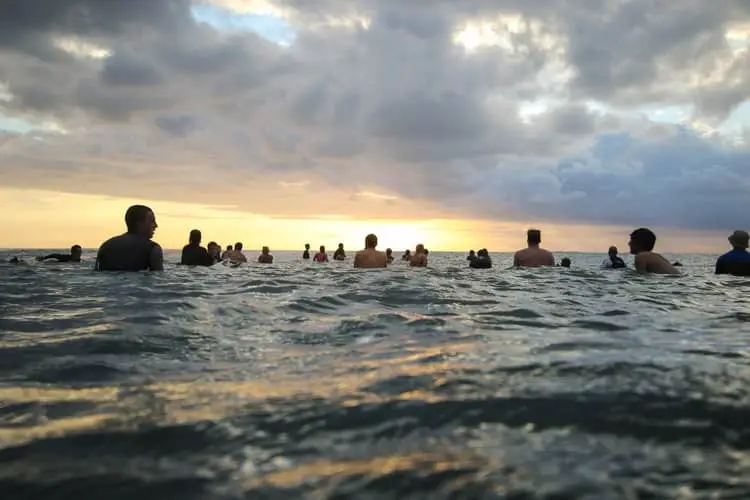
Locals and Better Surfers
You will also start to notice two main types of surfers stand out when you watch from afar. These will be locals and the better surfers, with locals often (but not always) being the better surfers at a spot.
You can see the locals from how others treat them in the lineup, often giving them more space and also knowing to get out of their way.
Surfing in crowded spots is extremely hierarchical so paying attention here will pay dividends later on and keep you from getting in any unwanted discussions or arguments.
Remember that the locals are the people you need to respect and stay out of their way. They may not have a divine right to the waves in that crowded lineup but in surfing terms, they have more of a right than you from the time they have put in surfing at that spot.
The better surfers will obviously stand out from their ability in the waves and this will be very clear. Being a better surfer often means having a good level of fitness and so catching many more waves, as well as maximizing what you can do on the wave.
Along with the ability on the waves, the more advanced surfers will stand out from the crowd in their ability to position themselves for waves, again helping them to catch more.
In this respect, just notice who those surfers are and do your very best to stay out of their way and don’t even bother trying for the same wave as them as they will likely just ignore you if they can see that you are of a much lower level.
This may sound harsh but it is all part of earning your surfing stripes as you get better and learn more along the way.
Time the Sets and Paddle Like Crazy
When you are looking to surf in good quality waves, not only will there be a crowd but there should be more of a pattern to the better waves.
Groundswell is the best type of swell in surfing terms as it comes in from hundreds or thousands of miles away and is organized into clearly defined sets.
On such days, take time to watch and you should start to see a pattern between the sets, namely in the amount of time between them.
These intervals may not be exact but you will likely find that bigger sets roll in every 10 minutes or so, although this time can vary.
Whatever time interval you note between sets, you can use this to your advantage when out in the crowd as you can start to get in position early to be able to ride them.
It can also help you to avoid taking some waves on the head, which can really shake your confidence early in a session, especially in a crowd.
Obviously, you will need to be wearing a watch to do this so think about this before paddling out.
You could set a timer on your watch for every 10 minutes, or just keep an eye on when the sets arrive.
It is the sea and the natural environment, so it won’t be to the minute every time but having this idea in your head should keep you primed and ready to steal a march on the other surfers out there and give yourself a better chance of catching some good waves.
Days when this will not work
This is not the same on days that are small and choppy, often called ‘windswell’, where the waves are from local winds and conditions, making them hard to ride and inconsistent since they have not had the time to order themselves into good waves for surfing.
Paddle Out on the Shoulder
When you paddle out into a crowded lineup, you really should aim to paddle out on the shoulder of the main break.
This will give you yet more time to observe the crowd from the water and see how it is all working up close.
It will also give you a much more detailed look at the waves and where you want to position yourself.
Things may look different from when you were on land, with factors like changing wave size, tidal movement and current all giving the line up a very different feel when you are actually out there.
If so, you still have time to adjust and correct course, taking a different approach to what you thought previously.
Then, when you’re ready, you can edge closer into the main ‘peak’ or part of the break. Again, you don’t need to do this quickly and can take your time in doing so to give you a better idea of how things work.
Wait Until You’re Ready
Now, in this case, I mean until you’re at a level in your surfing that will suit surfing in a crowded lineup.
This is because there is no point trying to surf in a crowd if you haven’t first taken the time to master the basics.
So, before paddling out in a crowded lineup, at the very least you need to be able to:
- Ride unbroken waves confidently
- Paddle properly without falling off
- Duckdive waves up to head high
- Sit on your board without falling off
If you can’t do all of the above well, it’s not time for you to paddle out in a crowd!
You will only end up making others angry or worse, hurting someone, neither of which you want to do.
With that said, try to have fun on your way to learning to surf. It doesn’t need to be a rush and, to be honest, although I feel able to surf crowded waves, I avoid them like the plague these days as I just don’t want the hassle, however good they are.
I should add that I mean when you have to paddle out the back, beyond the inside waves. If you are just thinking about the inside waves then stick to a quieter part of the beach and learn with a softboard, which should be fine and safe.
So, in summary, take your time to progress, don’t be in a rush to join the crowds and learn in small waves first.
Don’t Get in the Way
This is probably the most important of all the tips here. Getting in the way of other surfers, especially locals, is a surefire way to make yourself unwelcome in a lineup.
As such, do your very best to stay out of the way of those riding waves at all times. This is yet another example of good surfing etiquette, something that will go a long in the lineup.
Probably the worst thing you can do in crowded surf is let go of your board. This is dangerous and will likely hurt someone behind you.
Again, if you are not able to control you board and duck dive properly, you should not be out in the lineup in the first place!
Stay Calm
There may be times when things get a little close but, if you follow all the other tips on this page then you should be covering yourself as well as possible.
There are many times when I’ve seen people who shouldn’t be out in certain waves panic when a set rolls in.
This is usually worst at places where the paddle out is easy since it means just about anyone can get out into the lineup without even having to duck dive (which is not a good thing, trust me!).
We all get caught out in a crowded surf from time to time so expect things to happen but try to remain calm and breathe.
Head for the safety of the shoulder, out on the wide part of the wave where it is not breaking to give yourself a breather if needed.
Follow the Crowd
Now, this is not a suggestion to become a fashion victim or anything like that, just that you should keep an eye on what the crowd are doing in general when out in the surf.
Someone will spot a set wave early and start paddling, while others might be trying to get out of the way of something you can’t see.
It might also be that people are constantly paddling in a strange direction, likely to keep position despite a strong current.
Whatever it is, it’s always advisable just to go with what feels right and what the better surfers are doing.
It’s like a shoal of fish or flock of birds in one sense: one individual’s movement can have a ripple effect for the rest, so take heed of any signs of movement, agitation or fear and do what they do!
Use a Bigger Board
One of the biggest confidence boosts I ever got in crowded lineups was when I switched to riding a bigger board.
I went up to a 6’2 Santa Cruz Pumpkin Seed which had 32 liters of volume, a lot more than any of my most recent boards before that. It was also an epoxy sandwich construction, making it more buoyant and paddle better to go along with generous volume and template.
I remember one session at a home break where I felt like I could catch any wave I paddled for, it felt incredible and was such a big confidence boost.
If you have the option, definitely consider stepping up the volume in your board for crowded waves and look for boards that will get into waves early.
These are surfboards that have a flatter rocker (so not much curve from nose to tail) and are also wider in the nose than standard shortboard templates.
Be sure to check out my super detailed guide to choosing the right beginner board for you, if that is what you are looking for!
You might think that a bigger board will hold you back in terms of performance, but I counter that by saying you will likely be dodging people all over the place in a crowded lineup so think about catching waves before trying to do the best surfing of your life!
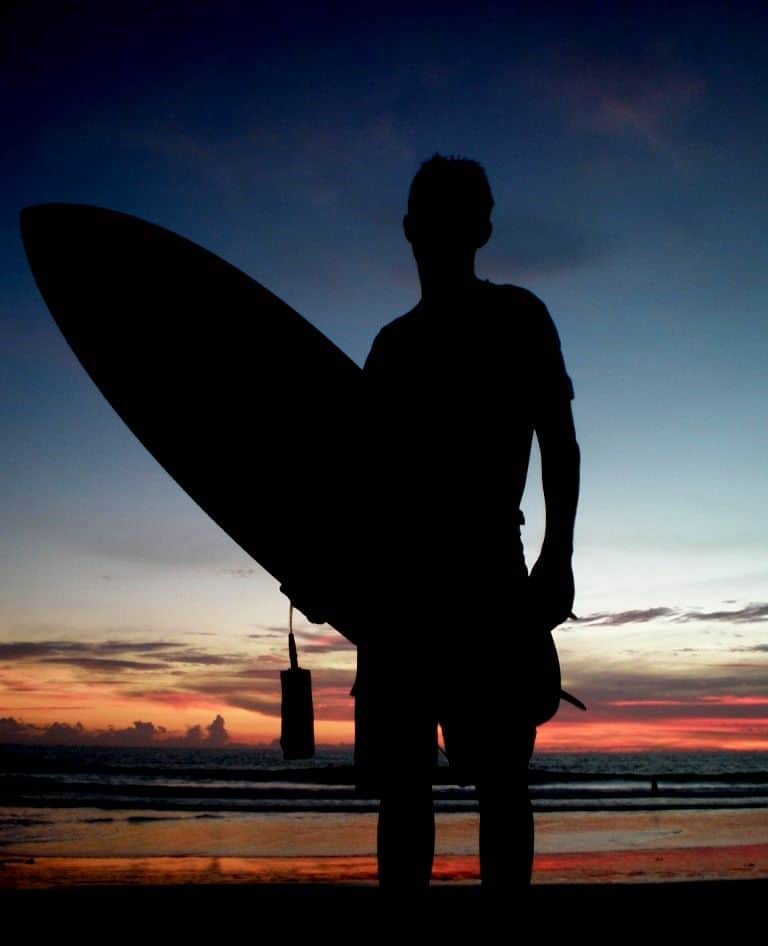
Improve Your Fitness
As well as a bigger board, improving your level of physical fitness will go a long way to surfing better at crowded spots.
You can do this any number of ways but it is another thing that I did after many years of struggling and really felt the difference.
Not only was I able to paddle faster and for longer, but I was also able to catch more waves.
I found that my surfing improved as a result, which may not sound surprising but for some reason it was to me at the time!
I’d started running on flat days and increased to regularly run up to 50 minutes at a time, not a huge amount but it felt good and definitely helped me along the way.
Nowadays, I follow fitness programs online, currently through Athlean-X, led by an sports trainer, Jeff Cavaliere, who counts Sylvester Stallone among his clients!
You can see an example of one of his sprint training videos below (no baseball diamond needed, your local park will be fine!):
I’d recommend looking at training that involves short, sharp bursts to help you get better at sudden sprint paddles, as are common in the surf when a big set appears or just the wave of the day.
Basically, almost all training will help so pick whichever works for you and get stuck in!


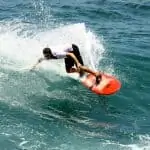
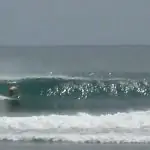
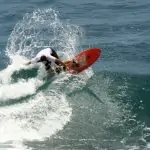
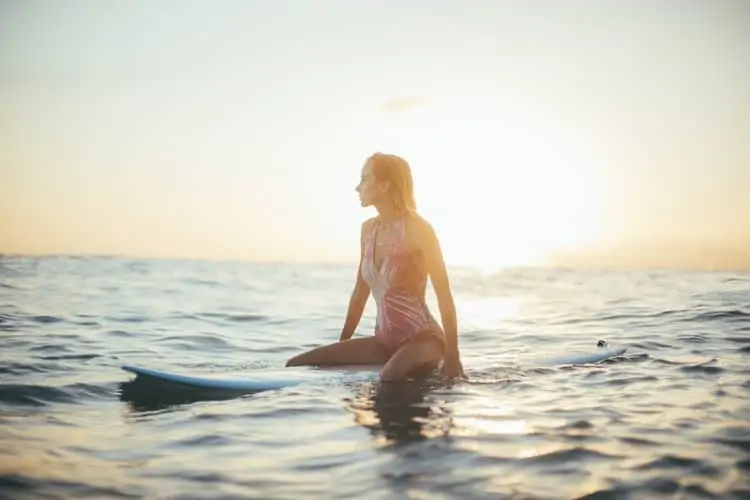
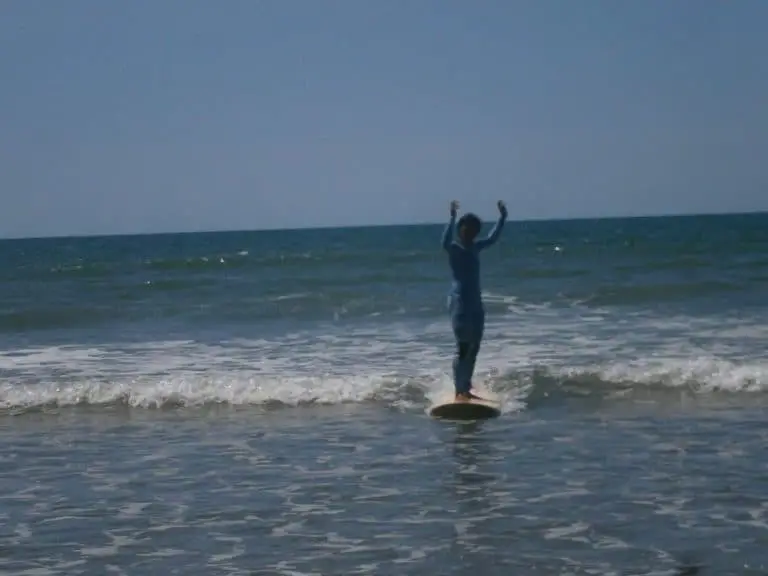
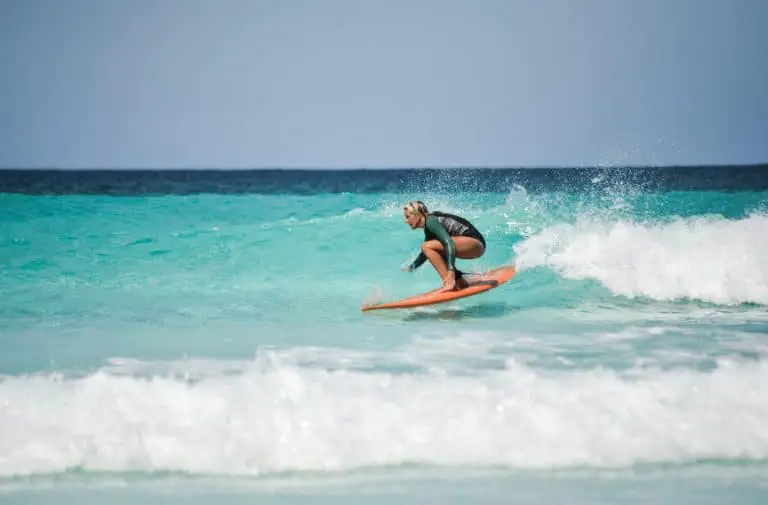
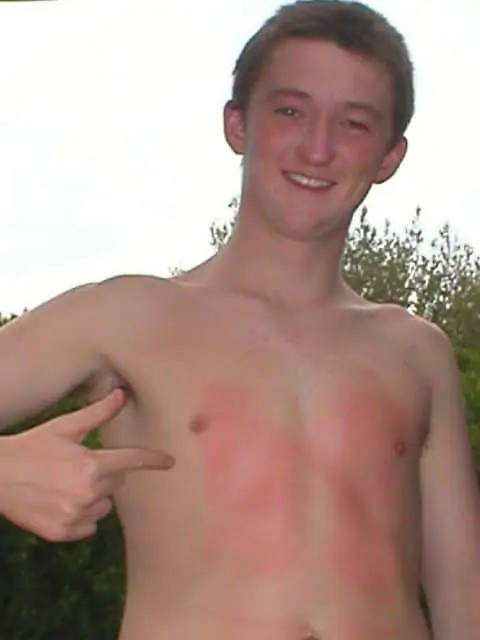
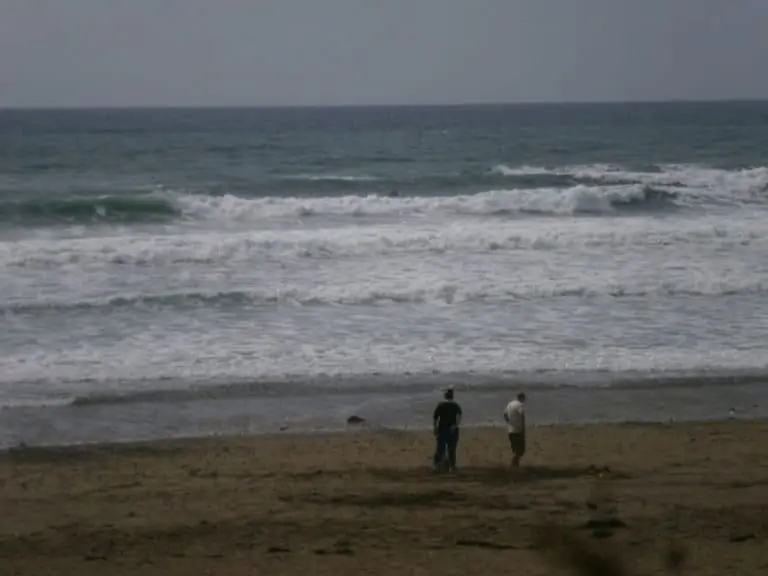
One Comment
Comments are closed.